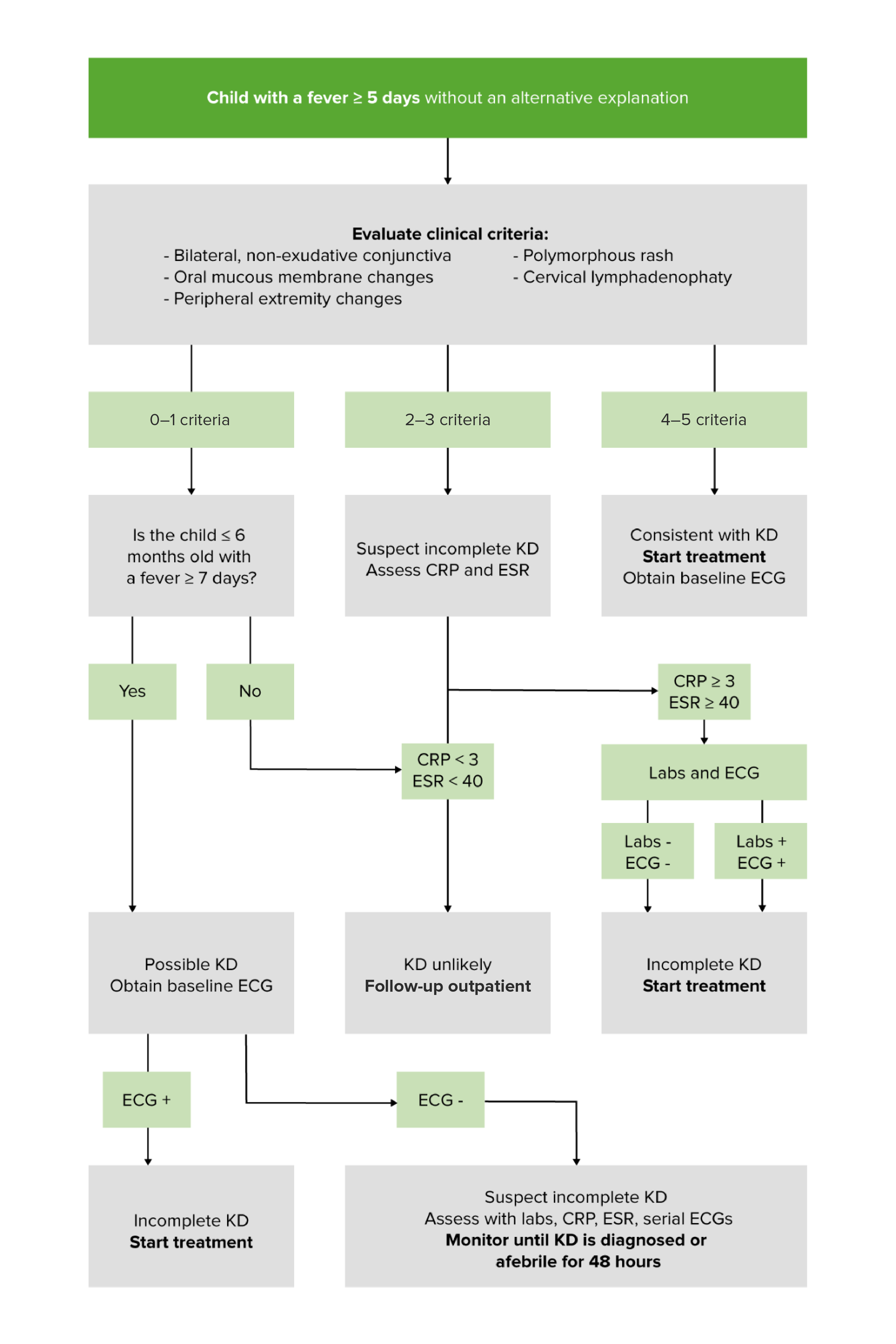Kawasaki Disease: Evidence Points To A Novel Respiratory Virus

Table of Contents
The Mystery of Kawasaki Disease Etiology
Kawasaki disease, characterized by inflammation of blood vessels, presents with a range of symptoms including fever, rash, swollen lymph nodes, and red eyes. Despite decades of research, the precise pathogenesis of KD remains elusive. While a genetic predisposition is suspected in some cases, no single gene has been definitively linked to the disease. Previous theories have included:
- Infectious agents: Various bacteria and viruses have been investigated, but no consistent association has been established.
- Environmental triggers: Exposure to certain toxins or pollutants has been considered, but again, no conclusive evidence exists.
- Autoimmune response: Some researchers posit an autoimmune component, where the body's immune system mistakenly attacks its own blood vessels.
However, these theories have limitations:
- They fail to fully explain the wide variability in disease severity and presentation.
- They lack consistent and reproducible evidence across diverse populations.
- They haven't led to effective targeted therapies.
Emerging Evidence Linking Kawasaki Disease to Respiratory Viruses
Recent studies have shed new light on the potential role of respiratory viruses in KD pathogenesis. Several investigations have shown a higher-than-expected prevalence of viral activity, particularly respiratory viruses, in children diagnosed with Kawasaki disease. Specific viruses under investigation include:
- Human herpesvirus 6 (HHV-6): Some studies have reported an increased detection rate of HHV-6 in KD patients.
- Human bocavirus: Research suggests a possible association, though more research is needed to confirm causality.
- Other common respiratory viruses: Influenza, rhinovirus, and adenovirus have also been investigated, with some studies showing elevated levels in KD patients.
Key findings from these studies include:
- Elevated viral loads: Many studies report significantly higher viral loads in KD patients compared to healthy controls.
- Specific viral genetic markers: Researchers are identifying specific viral strains or genetic markers that may be associated with a higher risk of KD development.
- Temporal correlation: In some cases, the onset of KD symptoms appears temporally linked to a preceding respiratory infection.
The Role of Novel Respiratory Viruses
A compelling hypothesis posits that a yet-unidentified novel respiratory virus may be a primary trigger for Kawasaki disease. The difficulty in identifying this potential virus stems from several factors:
- Rapid viral evolution: Novel viruses can rapidly mutate, making detection and identification challenging.
- Limitations of current diagnostic methods: Standard viral detection techniques may not be sensitive enough to detect low-abundance novel viruses.
- Limited sample availability: Obtaining sufficient high-quality samples from KD patients can be difficult.
Advanced techniques like metagenomics, which allow for unbiased detection of all viral sequences in a sample, are being employed to overcome these challenges. A hypothetical novel virus linked to KD might possess characteristics such as:
- High tropism for endothelial cells (cells lining blood vessels).
- Ability to evade or suppress the host's immune response.
- Genetic similarity to known respiratory viruses, but with unique mutations.
Implications for Diagnosis and Treatment of Kawasaki Disease
The identification of a viral trigger for KD could revolutionize diagnosis and treatment. Potential implications include:
- Earlier diagnosis: Detection of the virus could enable earlier diagnosis, allowing for prompt treatment and reducing the risk of long-term cardiac complications.
- Targeted antiviral therapies: Once the virus is identified, specific antiviral medications could be developed and used to treat KD, potentially shortening the course of the illness and minimizing inflammation.
- Preventative measures: A vaccine targeting the virus could be developed to prevent KD altogether.
Potential improvements in KD management based on a viral etiology include:
- Improved diagnostic tests.
- Reduced reliance on corticosteroids and other immunosuppressants.
- Decreased incidence of coronary artery aneurysms.
Further Research and Future Directions
Continued research is crucial to identify and characterize the potential novel respiratory virus implicated in Kawasaki disease. This involves:
- Larger-scale studies involving diverse patient populations.
- Longitudinal studies tracking viral infections and KD incidence.
- International collaborations to pool data and resources.
- Development and validation of new diagnostic tests.
Future research priorities should focus on:
- Metagenomic analysis of samples from KD patients.
- Detailed characterization of any identified novel virus.
- Preclinical testing of potential antiviral therapies.
- Epidemiological studies to identify risk factors and transmission routes.
Conclusion: Understanding the Link Between Kawasaki Disease and Respiratory Viruses
The growing evidence linking Kawasaki disease to a novel respiratory virus offers a significant advancement in our understanding of this complex illness. Continued research is paramount to identify this potential viral trigger, leading to improved diagnostic tools, targeted therapies, and ultimately, prevention strategies for KD. Learn more about the link between Kawasaki disease and respiratory viruses and stay updated on the latest research into Kawasaki disease etiology to help advance our understanding and treatment of this important childhood disease.

Featured Posts
-
 Stock Market Valuations Bof A Assures Investors Dispelling Valuation Worries
May 30, 2025
Stock Market Valuations Bof A Assures Investors Dispelling Valuation Worries
May 30, 2025 -
 Ouverture Du Tunnel De Tende En Juin Confirmation Du Ministre Tabarot
May 30, 2025
Ouverture Du Tunnel De Tende En Juin Confirmation Du Ministre Tabarot
May 30, 2025 -
 Djokovics Player Union A Legal Battle Against Tennis Governance
May 30, 2025
Djokovics Player Union A Legal Battle Against Tennis Governance
May 30, 2025 -
 Ulasan Harga Kawasaki Ninja 500 Dan 500 Se 2025 Apakah Melebihi Rp100 Juta
May 30, 2025
Ulasan Harga Kawasaki Ninja 500 Dan 500 Se 2025 Apakah Melebihi Rp100 Juta
May 30, 2025 -
 Combating Urban Heat In India Exploring Superior Building Materials
May 30, 2025
Combating Urban Heat In India Exploring Superior Building Materials
May 30, 2025
